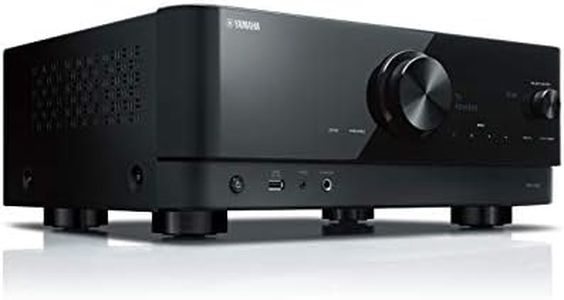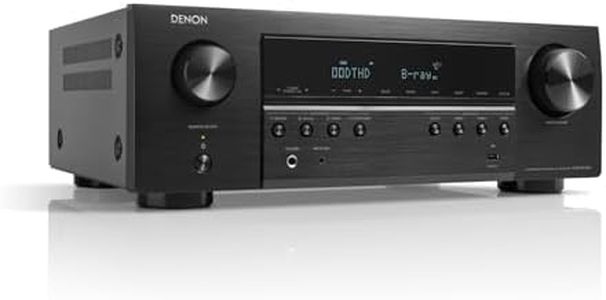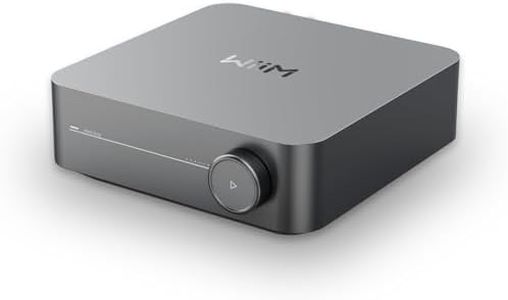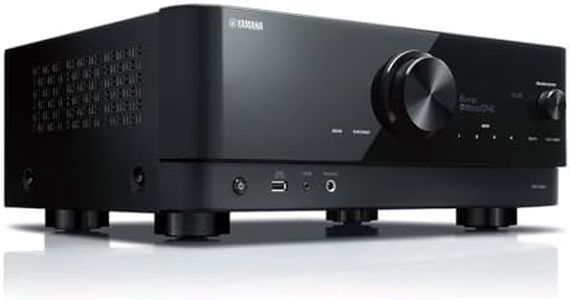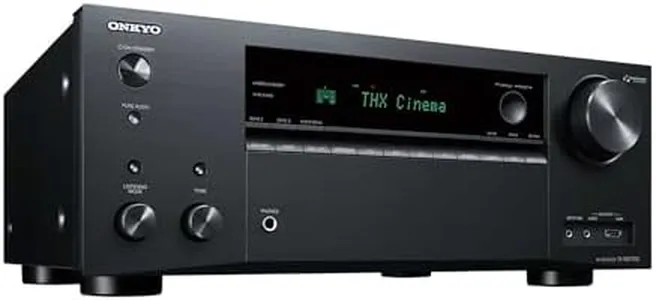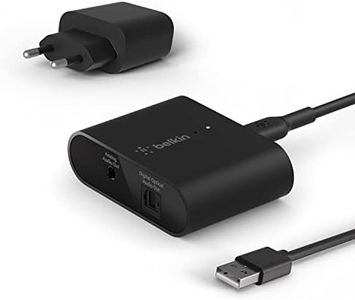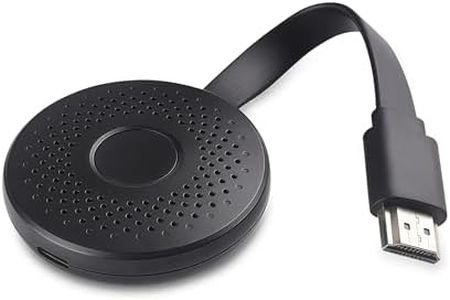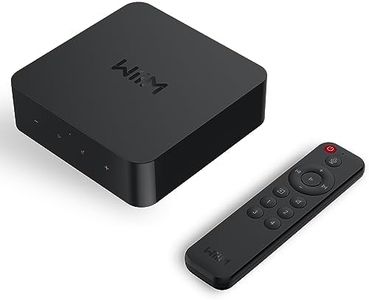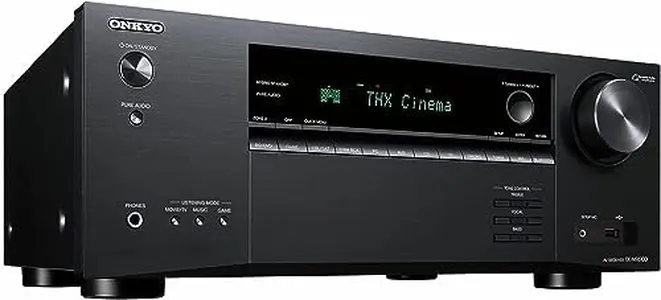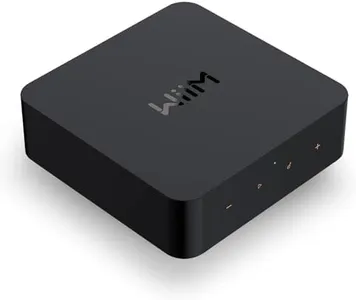We Use CookiesWe use cookies to enhance the security, performance,
functionality and for analytical and promotional activities. By continuing to browse this site you
are agreeing to our privacy policy
10 Best Airplay Receivers
From leading brands and best sellers available on the web.Buying Guide for the Best Airplay Receivers
Choosing the right AirPlay receiver can greatly enhance your experience streaming music, videos, and photos wirelessly from Apple devices. A good receiver can be the heart of your audio-visual setup, letting you enjoy content easily in high quality. To find the best fit, it’s important to understand the main features that define a receiver’s performance and compatibility, so you can match them with your needs at home or in the office.CompatibilityCompatibility refers to whether the AirPlay receiver works with the devices and systems you have. Most AirPlay receivers are designed to work seamlessly with Apple products, but some may also be compatible with Android devices or other protocols. There are receivers that only support AirPlay 1 (basic audio streaming), while others support AirPlay 2 (multi-room audio, better buffering, and more devices at once). If you just want to stream music in one room, basic compatibility is fine. If your home has multiple rooms or you want to sync audio everywhere, make sure the receiver supports AirPlay 2. Always check if the receiver will connect to your speakers, TV, or preferred audio setup.
Audio Output OptionsAudio output options determine how you will connect the AirPlay receiver to your sound system. Common connections include analog (RCA or 3.5mm jack), optical (for higher quality sound), or HDMI (which can combine audio and video). Analog outputs are suitable for most older or simple speakers, optical is best if you want higher quality sound in a modern system, while HDMI is great for connecting to home theater receivers or TVs. Consider what existing audio equipment you want to use and make sure the receiver has the right output for it.
Network ConnectivityNetwork connectivity describes how the receiver connects to your home network—usually via Wi-Fi or Ethernet cable. Wi-Fi is convenient and reduces cable clutter, but it’s important to ensure your Wi-Fi is strong where the receiver will be used. Ethernet offers a stable and fast connection, which is ideal for streaming high-quality audio or video with fewer interruptions. If your Wi-Fi signal isn’t strong, look for a receiver with Ethernet support to avoid drops in connection.
Multi-Room SupportMulti-room support means the ability to stream music to several speakers or zones in your home at the same time, sometimes controlling each independently. Receivers with AirPlay 2 offer this feature, so you can have synchronized or different music in different rooms. If you plan to expand your setup beyond a single room, or want to upgrade to a whole-house audio system, choose a receiver that supports multi-room streaming.
Audio QualityAudio quality is often measured by the highest resolution audio format the receiver can handle and how faithfully it reproduces the signal. Higher-res audio support (like 24-bit/96kHz) is ideal for audiophiles who want the best sound possible, while standard CD-quality audio (16-bit/44.1kHz) is enough for most casual listeners. If you’re critical about your music’s sound, check for high-res support; otherwise, most receivers provide sufficient audio quality for enjoyable listening.
Ease of Setup and UseEase of setup and use includes how simple it is to get your receiver going and how straightforward the controls are. Some receivers offer quick app-based setup and are plug-and-play, while others require more complicated steps or manual configuration. If you’re not comfortable with complex settings, look for a device advertised as easy to install and use, with clear instructions and good customer support.
